Back to Course
15. NCS Basics I
0% Complete
0/0 Steps
Lesson 10 of 10
In Progress
Colors around the world
Color design is not for you, but for your client!

Colors mean different things to different people
That’s why it is very important we understand who we’re designing for. Particularly with color design. We understand that a lot of the time it’s not a matter of creating a design for who our client is, but rather who our client would like to be…
Younger people are susceptible to trends. The elderly are less visually sensitive to color and more conservative. Children love a lot of colors, but it is not always advisable to use a lot of colors when creating designs for children. They are already very energetic and a lot of the time we don’t want to make them even more energetic. Color does this.
Younger people are susceptible to trends. The elderly are less visually sensitive to color and more conservative. Children love a lot of colors, but it is not always advisable to use a lot of colors when creating designs for children. They are already very energetic and a lot of the time we don’t want to make them even more energetic. Color does this.

Colors mean different things in different cultures
Sometimes they mean the opposite in other cultures. When creating a design for a client, you need a deep understanding of the meaning of colors for them.
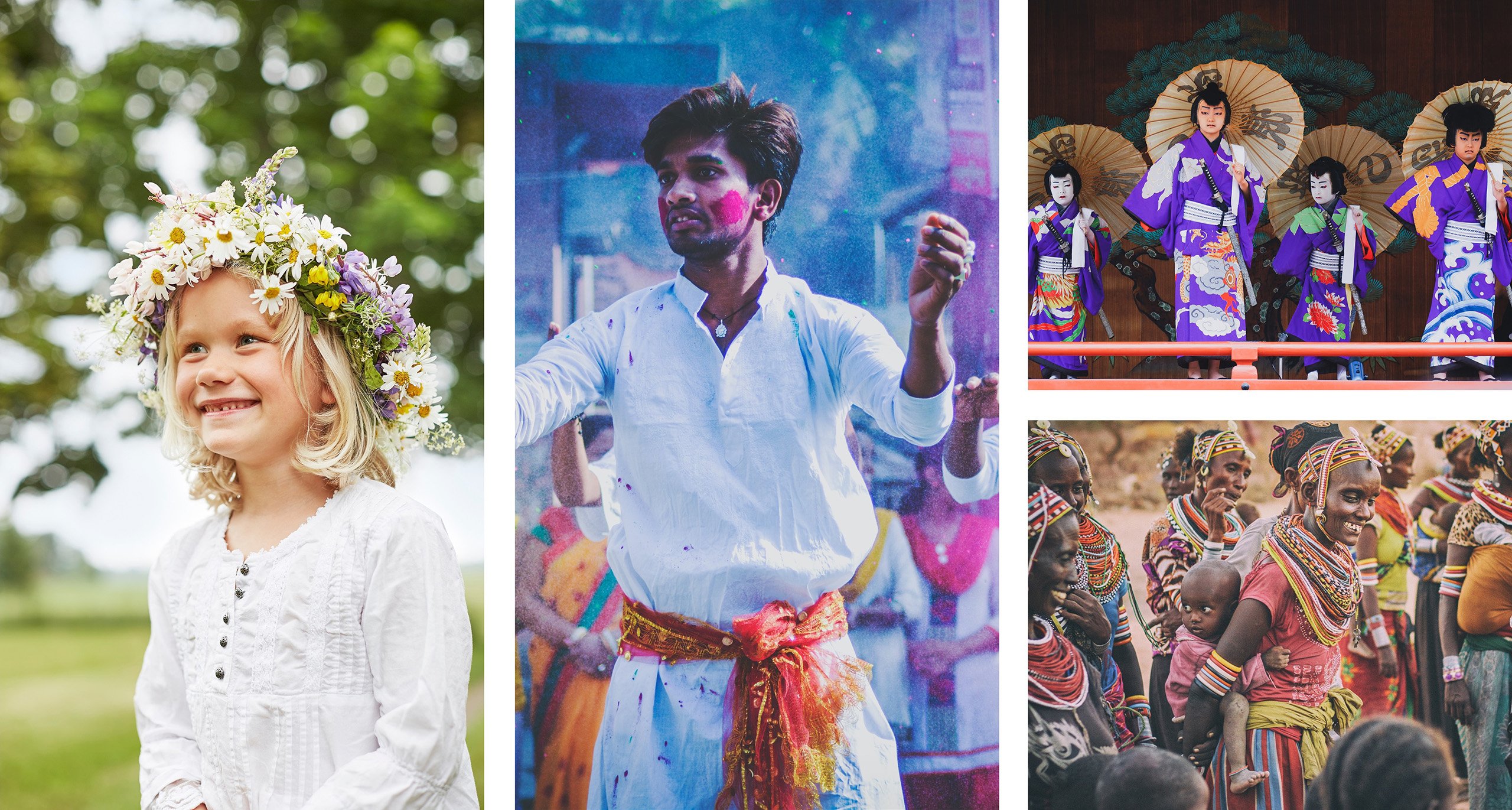
Scandinavian design
In Nordic countries it is important to have a lot of light in the interior, particularly during the darker months of the year. However, color is very important in the Nordic cultures. In Sweden, traditional rural buildings are bright red. The tradition began long ago, when wealthy Swedes wanted to emulate the Central European trend of building castles using red bricks. We couldn’t afford this, unfortunately, so instead we painted our wooden castles in this fantastic red iron oxide pigment that was later adopted by everyone.
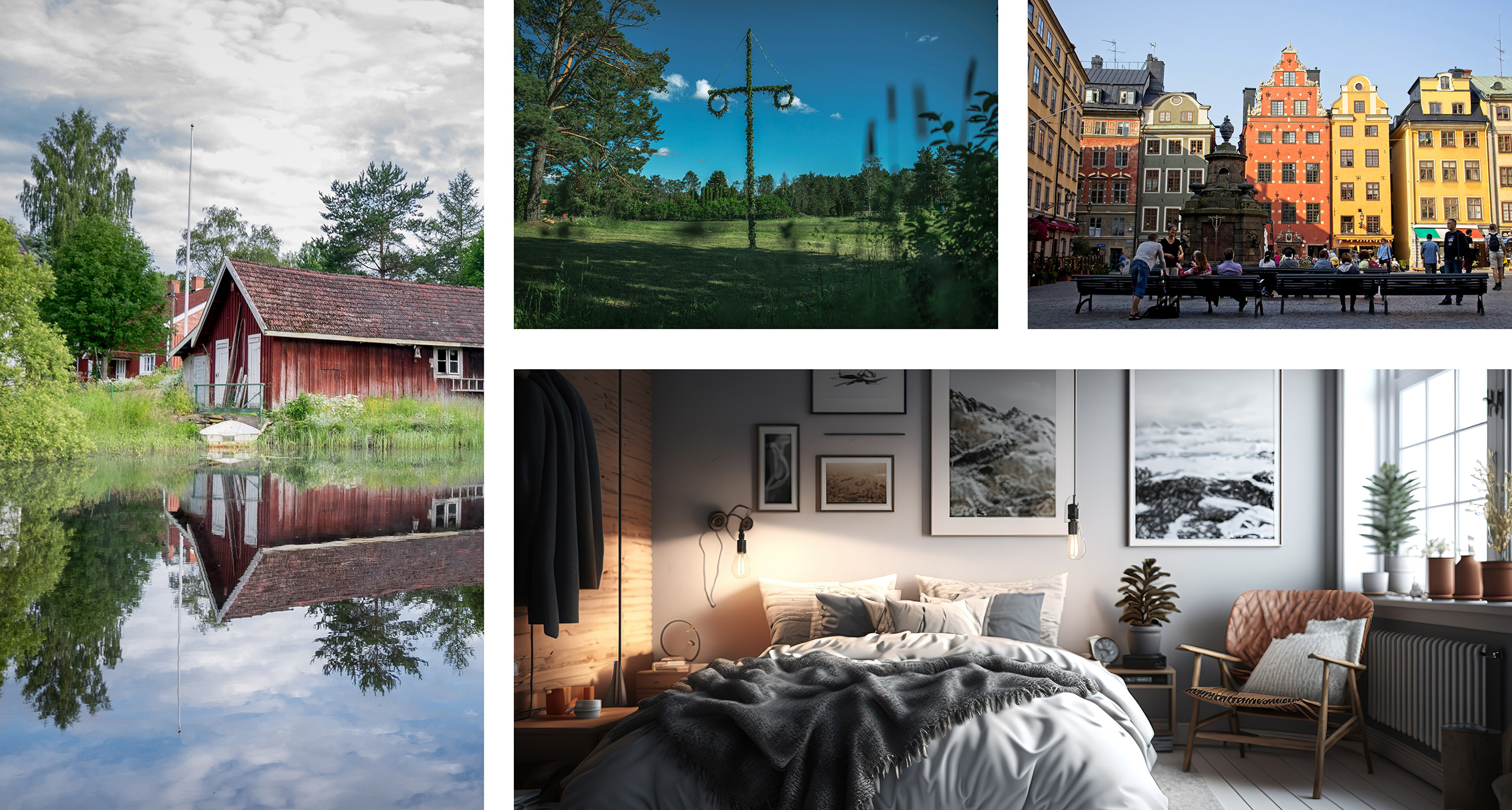
In China, red is the symbol of fortune
The use of colors in China is multidimensional and design has always been a part of Chinese culture. Unfortunately, during a long period of time the Chinese Cultural Revolution resulted in few possibilities to even think about design. Before this period, China was very advanced with their colors in society. Different colors had very specific and important meanings. This is now coming back with red as the most important color, representing fortune and luck. With growing economy and larger middle class, design in China is exploding, moving towards the most advanced and bold designs in the world. But we can still see a more careful approach to colors in interiors and exterior environments. When using color in design we see a closeness to the traditional folklore and traditional colors.
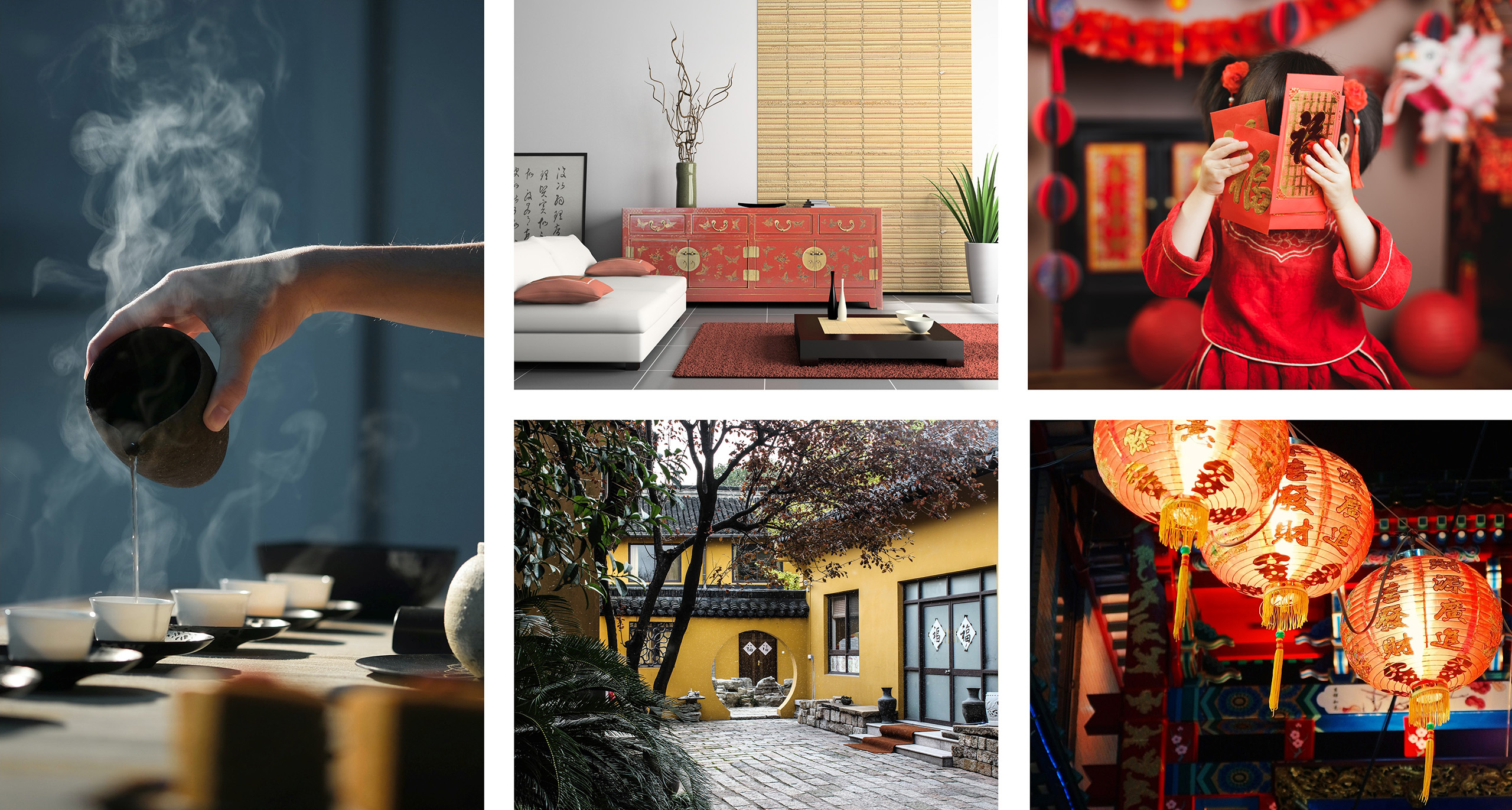
Color is everywhere in Italy
In Mediterranean countries like Italy, color on buildings is important. Not just because it’s beautiful, but also because it was a very practical way for fishing boats to find their way home.
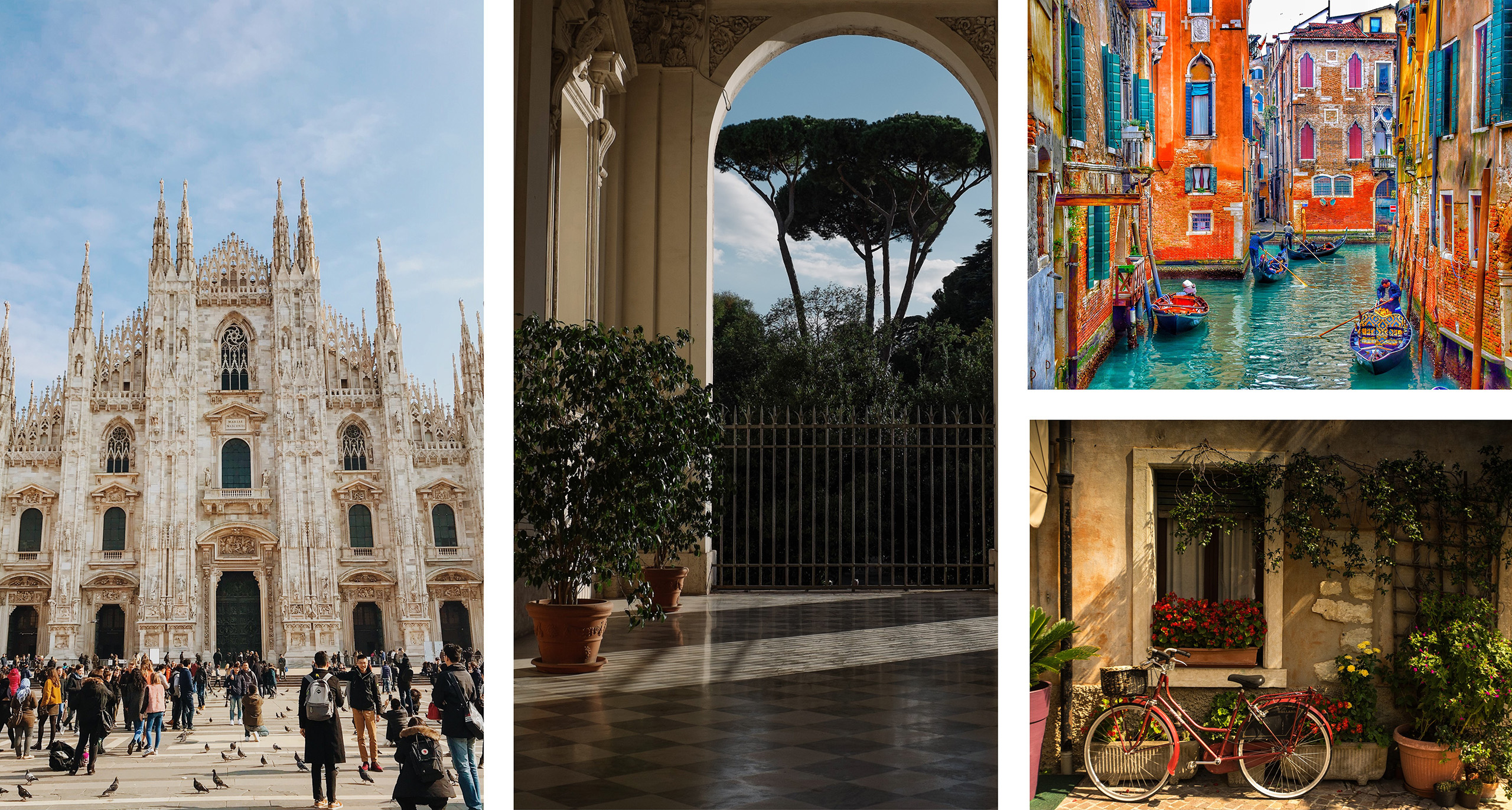
In Mexico, colorful architechture is the norm
Architects like Barragán and Legorreta have designed extraordinary colorful buildings. Rosa Mexicano (Mexican pink) is a very important color in Mexico.
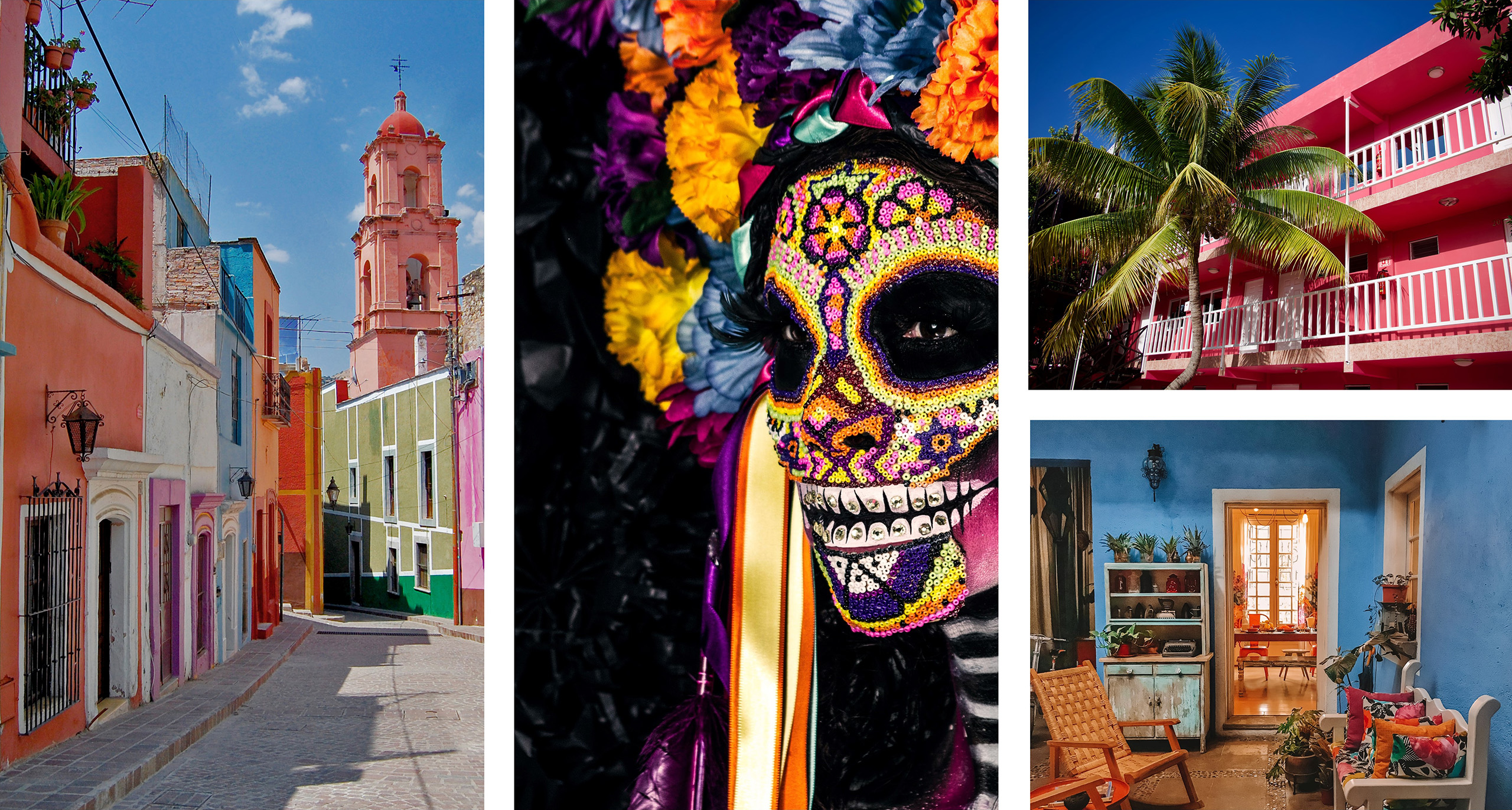
In this section you have seen how important it is to understand the meaning of color. Not for you as a designer, but for your client that might have a totally different background, culture and relationship to color. You need to analyze your clients correctly to understand and learn about their color references, and their relation to color.
